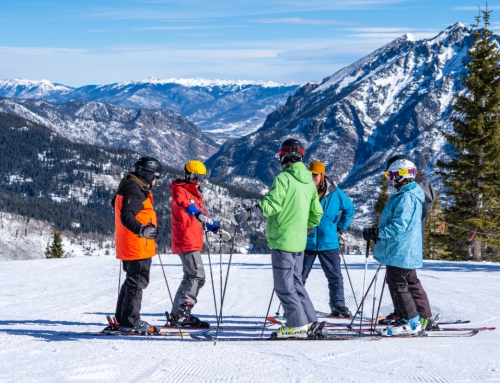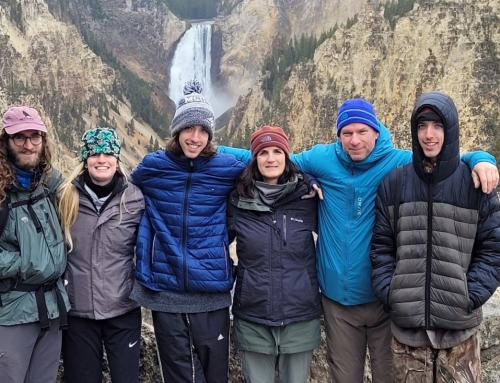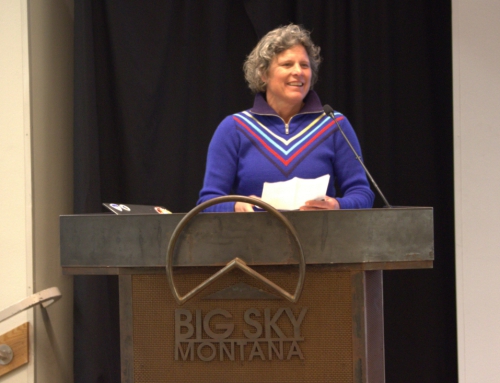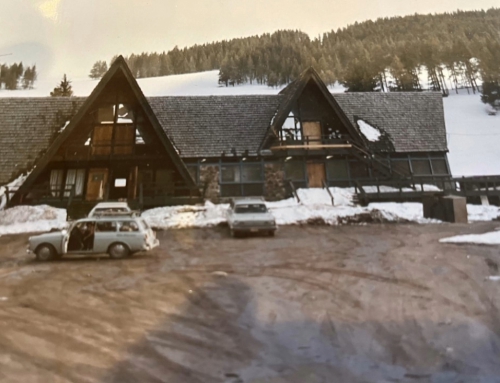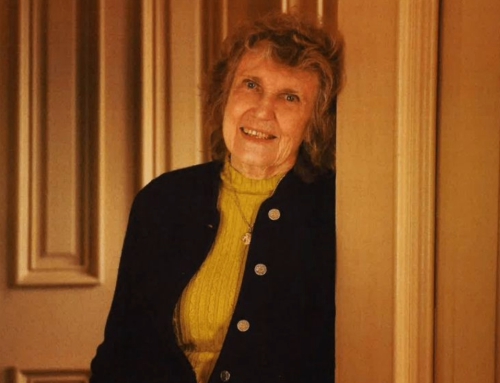32 Degrees: What Makes a Great Examiner? Region Training Events Set the Scene
This article by PSIA-AASI Education Development Manager Angelo Ross appears in the Spring 2024 Issue of 32 Degrees. You can read the entire digital edition by logging in and visiting the 32 Degrees page on our website.
Starting last fall, early season training for PSIA-AASI education staff members of all disciplines and from all regions across the country followed a consistent plan. In a big step forward for our national strategic alignment process, examiners from all eight regions practiced predetermined examiner skills; essentially the necessities of the job that create an objective assessment environment, a fair and objective assessment experience for candidates, and consistency within PSIA-AASI’s assessment process overall.
The Learning ConnectionSM and our education resources, national standards, performance guides, and assessment forms arose from a guiding question: What makes a great snowsports instructor? Since 2016, the PSIA-AASI National Team and hundreds of other education leaders from around the country have volunteered countless hours doing taskforce and committee work to answer that question. The overarching goal, of course, is to establish our organizational values, develop a body of our innovative curriculum, and propose ways to educate and evaluate members objectively and consistently in service of those values – all of which directly impact the experience our students have when they learn from us at our home resorts.
Purposeful Strides
Historically, despite adhering to the same national standards, autonomous regions adopted different processes for evaluating candidates to those standards, which created inconsistencies within regions and across the country. Presently, we’re making huge strides toward consistency through the adoption – by all regions – of unified assessment forms and measurement tools. Across the country, the commitment is strong to align the assessment process for national consistency and toward a premier member experience.
That early emphasis on what makes a great instructor naturally led to an exploration of what makes a great examiner. The two go hand in hand because great examiners both recognize and have a role in developing great instructors.
Great examiners have full ownership of the PSIA-AASI curriculum materials in their disciplines, demonstrate all elements of the Learning Connection at the highest level, and teach and coach clearly and creatively to individual’s goals and needs. They create an assessment environment that allows candidates to show their skills, and they evaluate candidates’ performance using objective criteria in a process that measures the intended skill (validity) and is repeatable (reliability). This last point was the focus of education staff training this fall and will continue to be underscored as we work toward the May 2026 target date for nationwide alignment of the assessment process.
2023-24 Training Plan
The focus of this season’s training was movement analysis (MA), chosen because it’s an essential element within all disciplines’ assessment process. That is, all examiners set up MA portions of exams and all candidates have their MA skills evaluated when leveling-up. The ubiquity of MA in our exam process makes it discipline-agnostic and, therefore, a logical starting point for an aligned training topic across the country, as it’s a necessary examiner skill regardless of location or discipline.
This year’s training plan – consisting of online and on-snow elements – was developed to begin a multi-phased approach to honing assessment skills and was distributed to regional leadership before the kickoff training events last November. Using the movement analysis section of the unified assessment form, groups of examiners – many in mixed-discipline groups – were charged with setting up mock movement analysis portions of assessments and, throughout the training, assumed different roles (candidate, riders/skiers, examiners, and observers), practiced in front of peers, and debriefed the process.
To set up and practice the process, participants created an environment in which the “exam candidate” observed peers assuming the “rider/skier” role, evaluated and described their technical performance, and prescribed activities that would facilitate a positive performance change – the same things exam candidates do! Meanwhile, paired colleagues assuming examiner roles used questioning techniques to uncover and discover the “candidate’s” level of skill acquisition of movement analysis. The analysis, along with responses to their questions, were measured using the six-point assessment scale and assessment criteria found in PSIA-AASI’s standards, assessment forms, and performance guides. Those in the observer role evaluated performance and provided feedback structured according to the Situation-Behavior-Impact (SBI) Feedback Model on the performance of those in the examiner role.
Performance Guides
As mentioned, the guiding question that has driven alignment efforts and curriculum development since 2016 is, “What makes a great snowsports instructor?” With guidance from Associate Professor Pete Allison, Ph.D., of Penn State University, task forces have developed discipline-specific, technical-skill performance guides and discipline-agnostic performance guides for people and teaching skills, all available at thesnowpros.org.
Performance guides are set up in a rubric-style format. Learning Outcomes (LOs) describe observable instructor skills, Assessment Criteria (ACs) describe skill acquisition at each level of certification as well as for specialist credentials (children’s, freestyle, seniors [where available]), and Performance Contributors (PCs) provide specific, observable, and measurable behaviors associated with successful and unsuccessful performance for each Learning Outcome. This body of materials is the lens through which examiners observe and evaluate candidates’ performance in assessment situations.
Beyond application in assessments, these materials describe specific observable behaviors that great instructors embody and, therefore, comprises a comprehensive education resource that describes best practices of our job, providing inspirational instruction to our students. Whether you’re striving for that next level of certification or not, using these tools and resources in your day-to-day teaching with guests will help you hone your skills to create better learning.
The Path to Alignment
There’s still plenty to do as we move toward May 2026 and full national alignment. The field of education, like all professions, is constantly changing as experience and research lead to new best practices. As PSIA-AASI members, it’s our responsibility to evolve to understand these practices and incorporate them into our craft — while providing the best possible experience for students. Education staff members have the added responsibilities of creating evaluative environments that, in addition to being fair, objective, and reproducible, give candidates opportunities to demonstrate their ownership of the skills described in our national standards.
As we move from Phase 1 – research, planning, and identification of values – of process alignment into Phase 2 – full national implementation, integration, and consistency of process – education staffers from across the country will continue to practice and develop their examiner skills in all aspects of the Learning Connection. The general vibe from examiners I interacted with at regional trainings this fall was one of excitement. Improving at something you love is exhilarating, and the added value of knowing that improvement will benefit all PSIA-AASI members and, ultimately, our resort guests and the industry makes it even better.
When each of us embraces learning and professional development, we have an immediate and direct positive impact on our students and on the industry as a whole. As they say, a rising tide lifts all boats.


